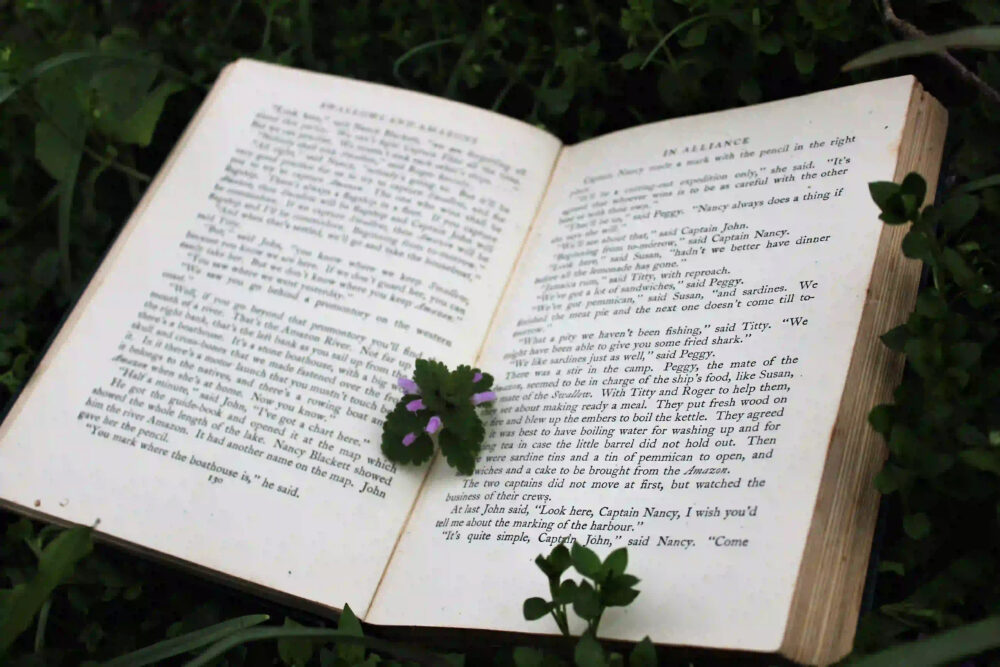Storytelling is a fundamental aspect of human communication that has been passed down through generations in various cultures around the world. At the heart of this tradition lies the oral transmission of stories, folklore, myths, and legends. This oral tradition has played a crucial role in shaping the literature of diverse societies and continues to influence contemporary storytelling in profound ways.
The Cultural Significance of Oral Tradition
The oral tradition of storytelling has been a cornerstone of many cultures, serving as a means of preserving history, traditions, and values. In societies where written language was not prevalent, oral storytelling was the primary method of passing down knowledge from one generation to the next. Through this medium, cultural identities were forged, and communal bonds were strengthened. The oral tradition allowed for the preservation of customs, rituals, and collective memory, fostering a deep sense of belonging and shared heritage among communities.
The Art of Oral Storytelling
Oral storytelling is a dynamic and immersive form of communication that engages both the storyteller and the audience. The storyteller’s voice, intonation, and gestures bring the narrative to life, captivating listeners and transporting them into the realm of the story. This interactive experience fosters a deep connection between the storyteller and the audience, creating an atmosphere in which the narrative is not merely recounted but experienced.
Furthermore, the oral tradition allows for improvisation and adaptation, enabling stories to evolve over time as they are retold by different individuals. This fluidity contributes to the richness and diversity of the narratives, allowing for the incorporation of new elements while retaining the essence of the original tales.
Influence on Written Literature
The influence of oral tradition on written literature is profound, as many literary works have been inspired by or directly drawn from oral stories and folklore. Authors and poets have often looked to oral traditions for inspiration, incorporating elements of mythology, legends, and folktales into their written narratives. This fusion of oral and written storytelling has given rise to a rich tapestry of literary works that reflect the depth and diversity of human experiences across cultures.
Moreover, the oral tradition has contributed to the development of literary devices and narrative techniques that continue to shape contemporary literature. The use of repetition, rhythm, and imagery, which are inherent to oral storytelling, has found its way into written works, enriching the texture and resonance of the narratives.
Preserving Oral Tradition in the Digital Age
In today’s digital age, the oral tradition faces the challenge of preservation in the face of rapidly evolving communication technologies. While written literature and digital media have become dominant forms of storytelling, efforts are being made to safeguard and celebrate the oral tradition. Storytelling festivals, oral history projects, and community gatherings continue to provide platforms for oral storytelling, ensuring that this ancient art form endures in the modern world.
Additionally, the digital landscape has provided new avenues for the dissemination of oral stories through podcasts, audio recordings, and online platforms, reaching global audiences and revitalizing interest in oral tradition.
Conclusion
The power of storytelling through oral tradition has transcended time and continues to resonate in the fabric of literature and human expression. Its enduring influence on written works, cultural heritage, and the preservation of collective memory underscores the significance of oral tradition in shaping the narratives that define us. As we embrace the digital age, it is essential to recognize and uphold the art of oral storytelling, honoring its legacy and ensuring its continuation for generations to come.
In conclusion, the oral tradition is not just a relic of the past but a living, breathing testament to the enduring power of storytelling in literature and the human experience.
